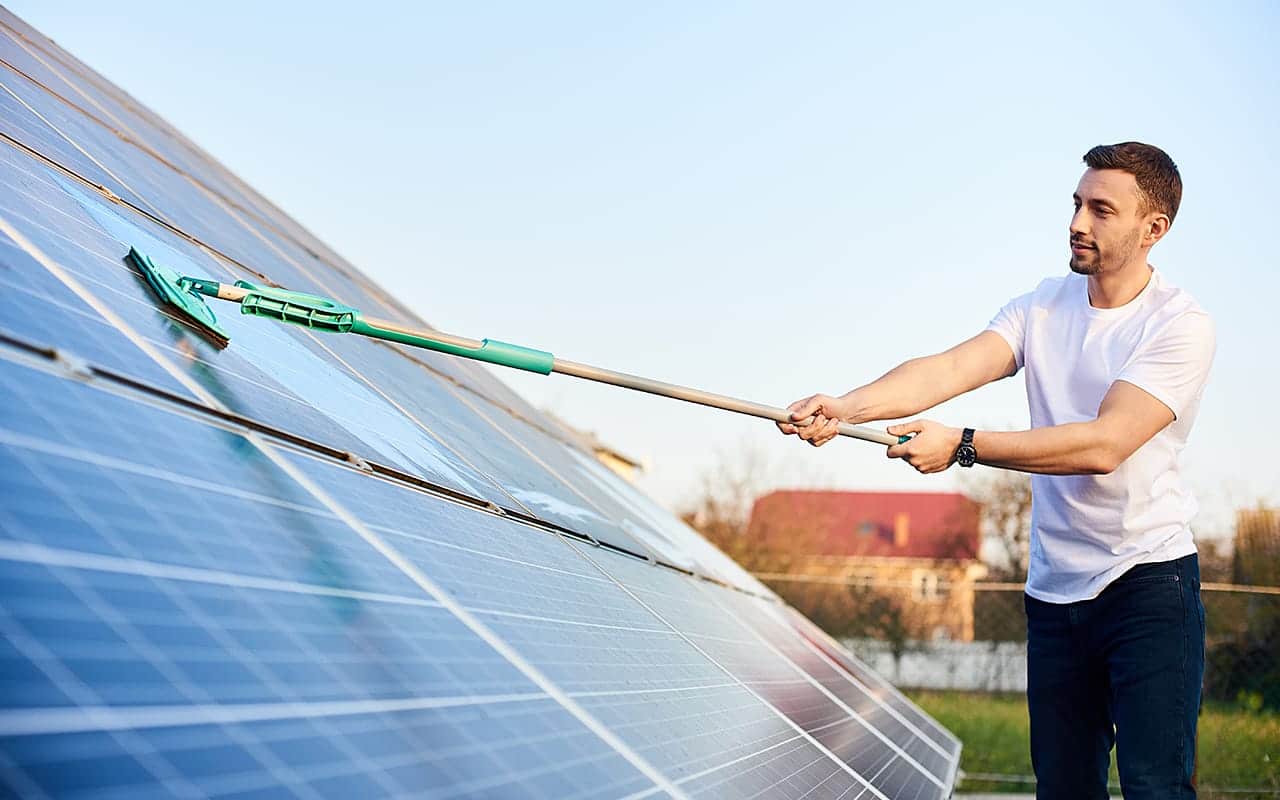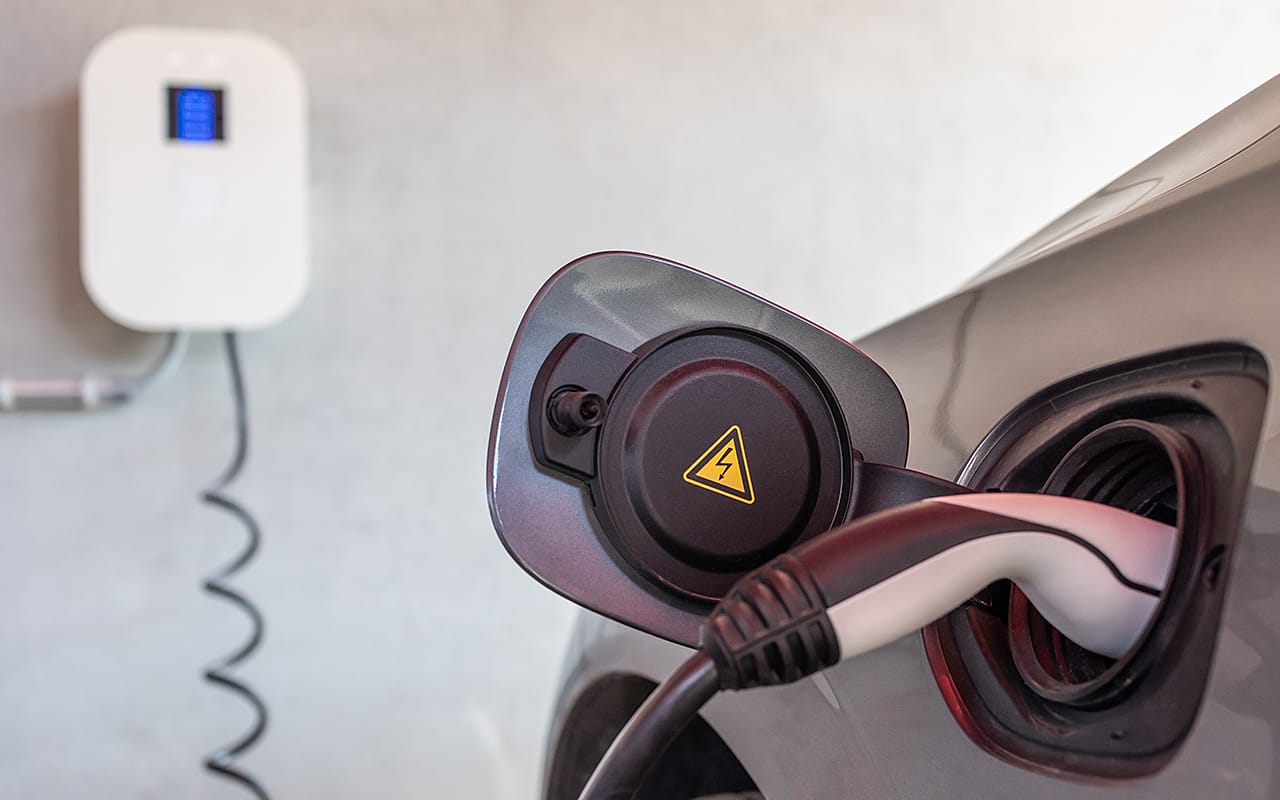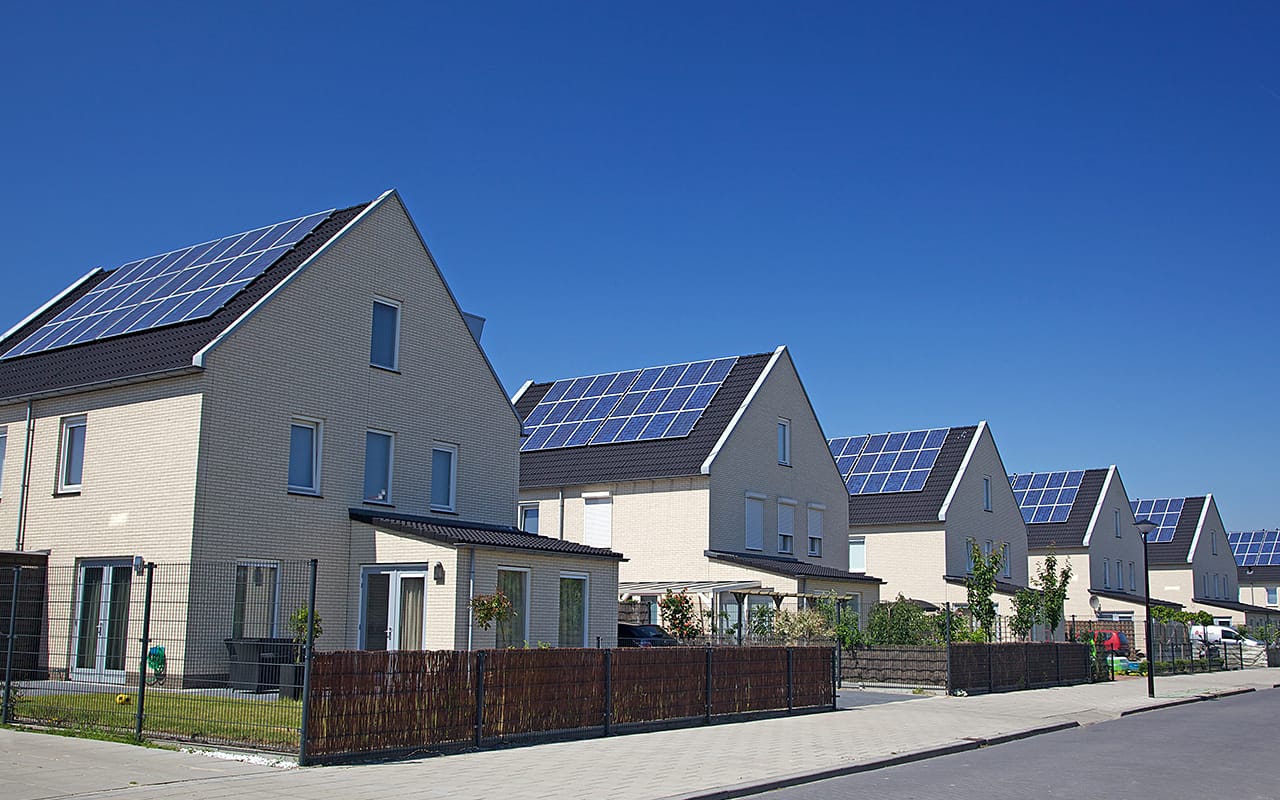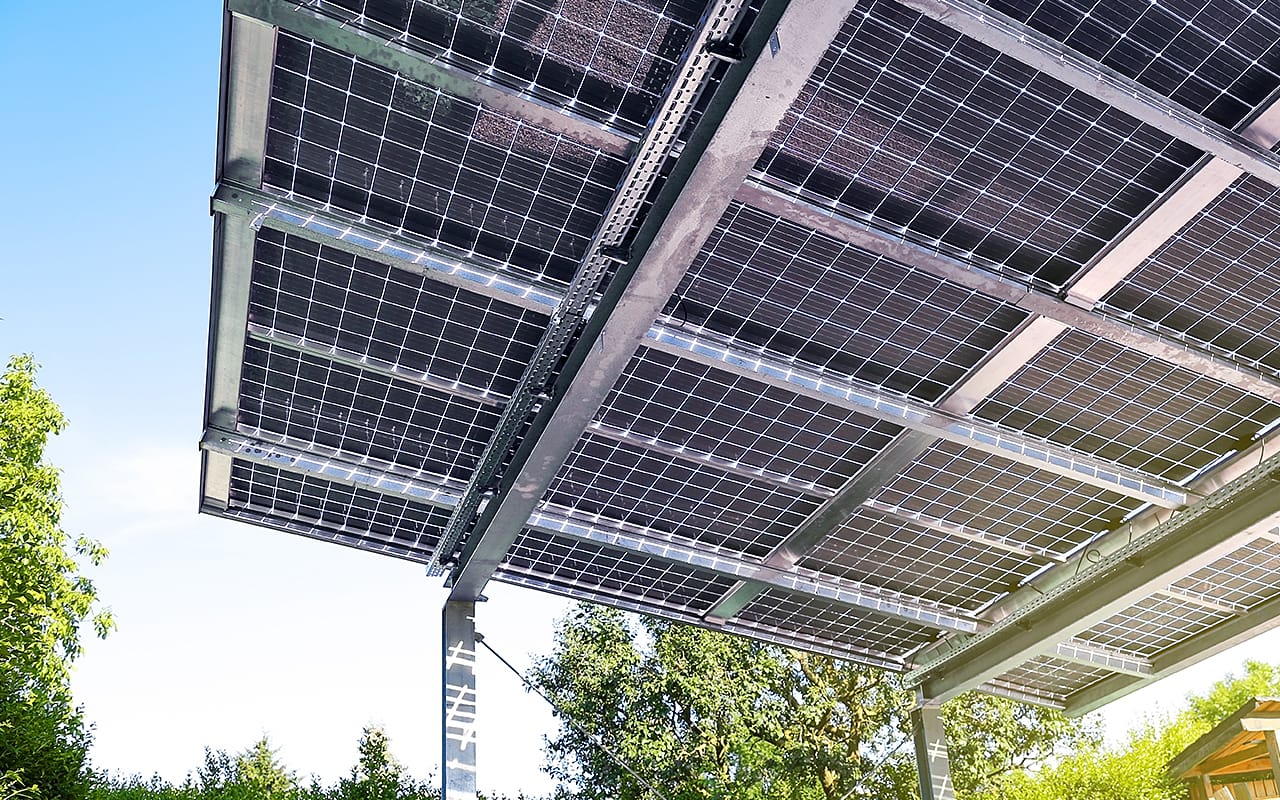Cleaning a photovoltaic system

While some experts in the world of photovoltaics swear by the regular cleaning of photovoltaic modules, others consider cleaning to be less effective and see it merely as an unnecessary cost factor. In the following text, you will learn when solar module cleaning makes sense and what you should pay attention to.
Why and how do photovoltaic systems pollute?
In order to achieve the highest possible yields, photovoltaic systems are usually oriented directly towards the sun and are therefore usually installed on the roof of a house. Therefore, the systems are at the mercy of the weather and, in addition to rain, wind, snow or sun, fine dust, bird droppings, leaves or needles can settle on the module surface, thereby contaminating the modules.
In principle, dirt reduces the yield of a photovoltaic system, because dirt can cover part of the solar cells. In the affected areas, little or no sunlight can be absorbed and converted into electricity, which reduces the overall yield of the system. Especially at the transition between the frame and the glass, dirt prefers to settle, and lichen or moss can even grow there over time. Regular cleaning from time to time helps to guarantee the yield of the photovoltaic system in the long term.
Can the systems clean themselves?
Rain undoubtedly helps to wipe off superficial dirt such as fallen leaves or dust. Fallen snow that slides off the solar modules over time can also drag a lot of dust and lighter dirt with it and thus provide (partial) cleaning. The situation is definitely different with encrusted soiling, for example with highly corrosive bird droppings that have dried out in the sun. In these cases, self-cleaning by rain or snowfall is not possible. The same applies to soiling that adheres to the edges of the module frames. In addition, the cleaning effect of rain and snow is reduced as the angle of inclination decreases.
At inclinations of more than twelve degrees, the self-cleaning of the modules begins for Central European locations. But this is not necessarily enough. Regular manual cleaning can significantly increase system yields, depending on the location. According to various studies, it should increase between two and seven percent depending on the location. However, so far there are no reliable studies in Germany on how pollution affects the yield of a photovoltaic system. The figures vary between one and almost 30 percent and are therefore not very reliable or helpful.
Most photovoltaic systems on pitched roofs have slopes considerably higher than twelve percent. If, despite rain and snow, slight soiling should remain, this will only cause such a slight reduction in yield that the effort is disproportionate to the cleaning.
Can or should you do the cleaning yourself?
In fact, there is nothing to stop you from cleaning the solar system yourself. Appropriate material - such as a soft cleaning brush with telescopic rod - can now be easily obtained on the Internet. The necessary equipment for DIY cleaning includes a gentle biological cleaner and running water. However, the water should not come from the tap, because depending on the degree of hardness, tap water can lead to limescale deposits on the module surface. Normal rainwater from the rain barrel is preferable.
However, do not use strong cleaning agents, but rather environmentally friendly household or glass cleaners. Ideally, you should even do without cleaning agents altogether. High-pressure cleaners can cause cracks and fissures in the glass surface.
If not all modules can be easily reached with the telescopic pole, this is an argument against cleaning the photovoltaic system yourself. If you have to climb or go through other inconveniences for cleaning that could endanger your safety, you should leave it alone. The danger of falling should never be underestimated. Therefore, you should have your own photovoltaic system cleaned by a professional company if it is on the roof of a house. Without training and a head for heights, work on the roof involves considerable danger and cannot be done without the necessary safety precautions.
Automatic cleaning is also an option, which can be taken over by permanently installed systems.
When is cleaning and maintenance of a photovoltaic system worthwhile?
Whether cleaning the photovoltaic system is worthwhile, or whether it makes sense, depends primarily on the budget. You can get box-free advice from a specialist company on whether cleaning is worthwhile. But with an initial rough calculation, you can also estimate this very well yourself: The yield loss of the system must be higher than the costs for cleaning, otherwise cleaning makes no economic sense. For the time being, the average yield per year in kilowatt hours (kWh) of the past years should be multiplied by the rate of the feed-in tariff (cents/kWh) to determine the annual amount of the feed-in tariff in euros.
Costs for cleaning solar systems
There are now service providers almost everywhere who specialise in cleaning photovoltaic systems. Prices vary from region to region, but also from provider to provider. You should expect between one and 2.50 euros per square metre of photovoltaic system. However, with a few exceptions, solar systems do not need to be professionally cleaned every year. It is often sufficient to have the modules cleaned every two years. Only systems that are exposed to extremely high levels of soiling should be cleaned at least once a year.
About the author
TRITEC has specialised in the generation of solar power through photovoltaics for over 34 years. We are active worldwide in both photovoltaic wholesale and large-scale plant construction. In addition to our proven PV mounting system, we also offer our own intelligent system solutions for the planning, design and performance control of photovoltaic systems, as well as branded products from leading photovoltaic manufacturers.




